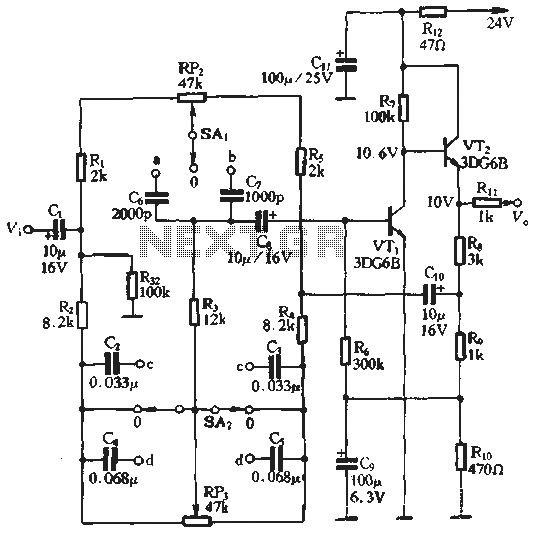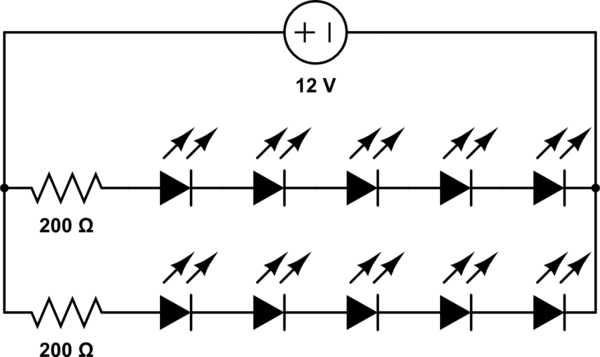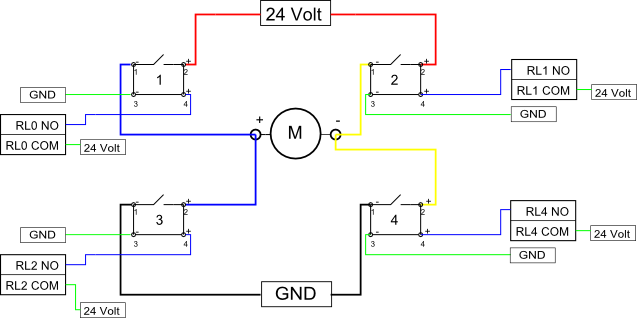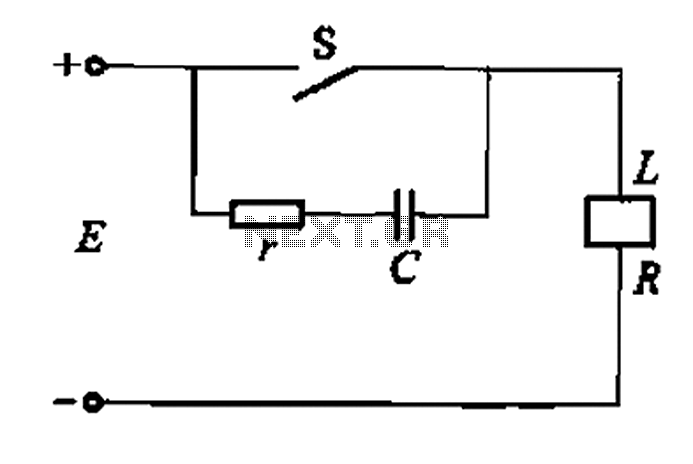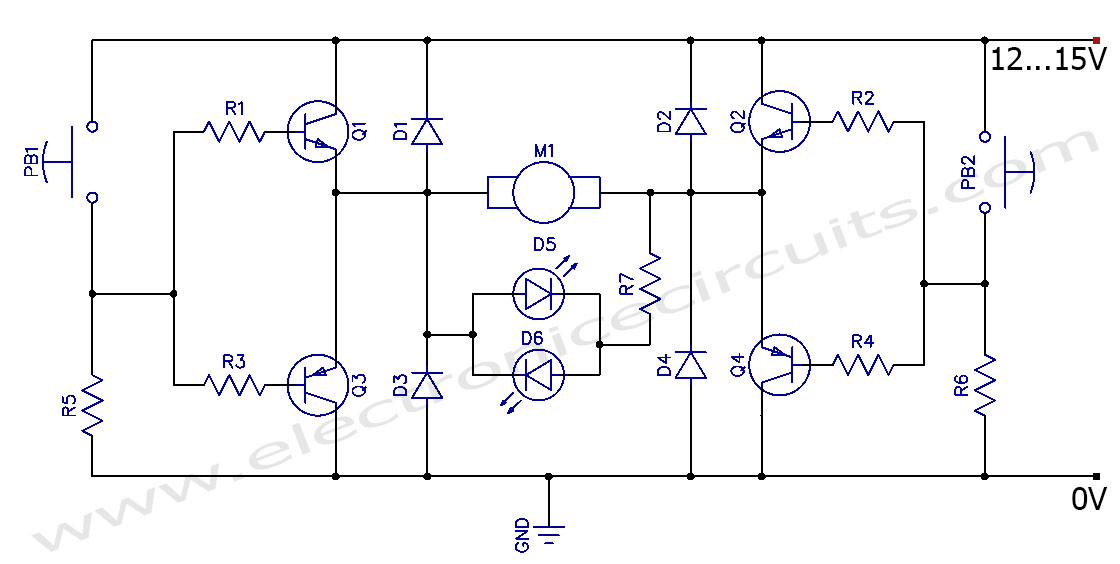
Clock synchronization circuit diagram

The circuit generates a clock that is synchronized with the pulse width of two clock pulses, producing a random pulse width that is five times the input pulse width of the clock pulse. In the flip-flop circuit, A and B function as a shift register. When the clock signal arrives to reduce the input of flip-flop A, it sets the output to 1.
The described circuit utilizes a flip-flop-based architecture to achieve pulse width modulation and synchronization. The primary function is to generate a clock signal that is influenced by the input pulse width. The circuit operates by taking two clock pulses as inputs and adjusting the output pulse width accordingly.
The flip-flop circuit consists of two flip-flops, designated as A and B, configured in a shift register arrangement. This configuration allows for sequential data processing, where the state of flip-flop A can influence the state of flip-flop B. The clock signal serves as the timing reference for the flip-flops, ensuring that the output transitions occur at precise intervals.
Upon the arrival of the clock signal, flip-flop A is triggered to reduce its input, leading to the setting of its output to a high state (1). This transition in flip-flop A subsequently influences flip-flop B, which may further modify the clock signal based on its own internal logic. The synchronization of these flip-flops is crucial for maintaining the desired pulse width characteristics of the output signal.
The randomization aspect of the circuit is achieved by manipulating the input pulse width, allowing the output pulse width to vary up to five times the duration of the input pulse. This feature can be particularly useful in applications such as digital signal processing, where varying pulse widths may be required for modulation or timing adjustments.
Overall, the circuit's design emphasizes the importance of synchronization and pulse width control, utilizing flip-flops as fundamental building blocks to achieve the desired output characteristics.The circuit generates a clock synchronized with the pulse width of two clock pulses, a random pulse width from the input pulse width of the clock pulse five times. A and B in the flip-flop circuit as a shift register. When the clock to reduce the input of flip-flop A 1 arrives and starts setting 1.
The described circuit utilizes a flip-flop-based architecture to achieve pulse width modulation and synchronization. The primary function is to generate a clock signal that is influenced by the input pulse width. The circuit operates by taking two clock pulses as inputs and adjusting the output pulse width accordingly.
The flip-flop circuit consists of two flip-flops, designated as A and B, configured in a shift register arrangement. This configuration allows for sequential data processing, where the state of flip-flop A can influence the state of flip-flop B. The clock signal serves as the timing reference for the flip-flops, ensuring that the output transitions occur at precise intervals.
Upon the arrival of the clock signal, flip-flop A is triggered to reduce its input, leading to the setting of its output to a high state (1). This transition in flip-flop A subsequently influences flip-flop B, which may further modify the clock signal based on its own internal logic. The synchronization of these flip-flops is crucial for maintaining the desired pulse width characteristics of the output signal.
The randomization aspect of the circuit is achieved by manipulating the input pulse width, allowing the output pulse width to vary up to five times the duration of the input pulse. This feature can be particularly useful in applications such as digital signal processing, where varying pulse widths may be required for modulation or timing adjustments.
Overall, the circuit's design emphasizes the importance of synchronization and pulse width control, utilizing flip-flops as fundamental building blocks to achieve the desired output characteristics.The circuit generates a clock synchronized with the pulse width of two clock pulses, a random pulse width from the input pulse width of the clock pulse five times. A and B in the flip-flop circuit as a shift register. When the clock to reduce the input of flip-flop A 1 arrives and starts setting 1.
Warning: include(partials/cookie-banner.php): Failed to open stream: Permission denied in /var/www/html/nextgr/view-circuit.php on line 713
Warning: include(): Failed opening 'partials/cookie-banner.php' for inclusion (include_path='.:/usr/share/php') in /var/www/html/nextgr/view-circuit.php on line 713
